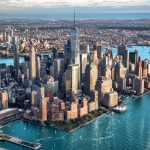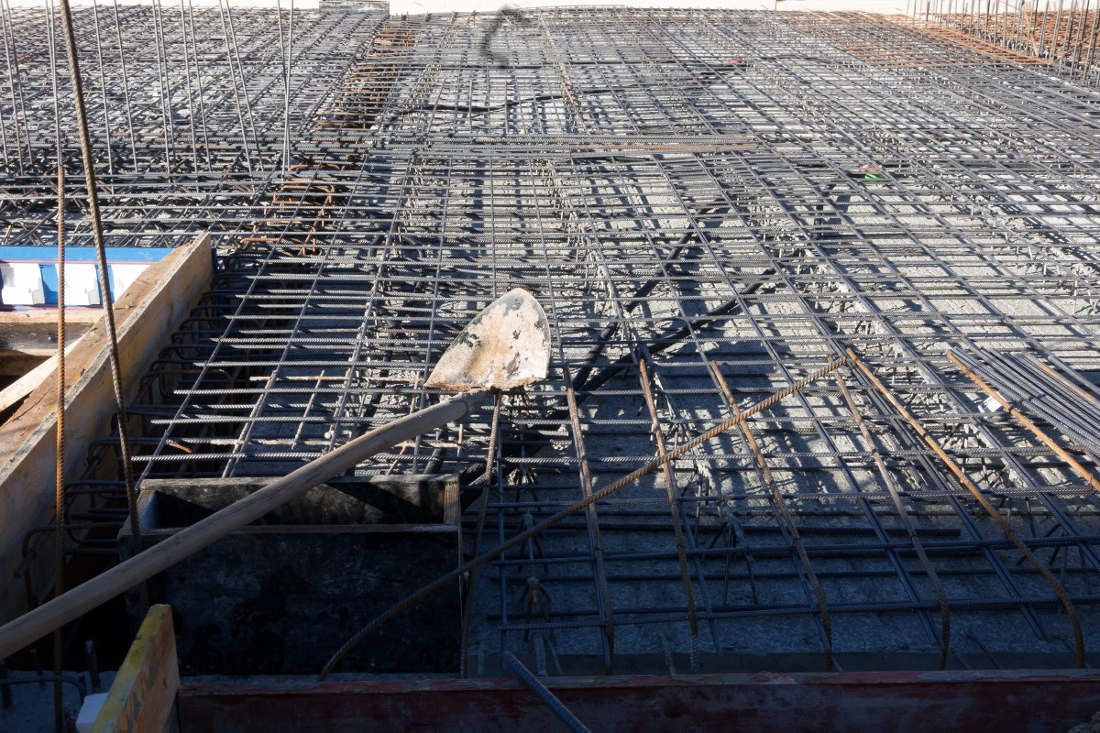JAYAPURA, Indonesia (ViaNews) – As of Sunday (December 9), as many as 17 bodies of construction firm PT Istaka Karya workers found in Mount Kabo, Kali Yigi-Kali Aurak, Yigi District, Nduga Regency, Papua were evacuated to Timika.
The evacuation process which took place at Mount Kabo, where the company’s employees were executed, was blocked by a rebel group.
“The personnel conducting evacuation are still hampered by the armed group,” said Commander of the 172/PVY Military Resort Inf. Col. Binsar Sianipar in a press statement video received by Tempo.
According to Binsar, the evacuation would be from Mbua to Timika, carrying the deceased and those who survived the attack.
As BBC News Indonesia report, the shooting that killed 31 (which will need further confirmation) took place on December 1. But the information went public three days later from the Congregational church.
Chronology
PT Istaka Karya sent some of its employees for carrying out construction works in Yigi District, on November 30. But a day later, the armed group detained those workers.
According to one of the survivors and also PT Istaka worker, Jimmy Aritonang, on December 1, his colleagues decided not to work due to the anniversary of an armed separatist criminal group (KKSB)
Based on the previous report, they were later gathered on December 2 and brought to Mount Kabo, not far away from the worker’s camp. The workers’ hands were tied behind their backs and they were forced to make in line and squat. It is said that they were executed.
From Aritonang’s statement, some of the workers were shot to death and some others pretended to die. After the armed group left the victims, 11 workers, who were still alive at that time, tried to escape.
“But, they were seen by KKSB and then were chased. Five were arrested and killed, and six survived,” said Col.Inf. Muhammad Aidi, Head of Information at Kodam XVII/Cendrawasih.
Who is Egianus Kogoya?
Egianus Kogoya’s group was a breakaway from the old group led by Kelly Kwalik, former military wing leader of the OPM. Kwalik died in a police raid in 2009.
Kogoya and his subordinates are known their militancy and the group consists of young people. Based on previous records, Kogoya’s group was responsible for triggering chaos in the simultaneous regional election last June.
“The OPM usually consists of factions. In Nduga, there is one faction holding the power and a breakaway from Kelly Kwalik who operated in Timika. But these people are young and militant,” said terrorism expert Sidney Jones to BBC News Indonesia.
Separately, Aidi told that Kogoya’s faction consists of 50 people equipped with military standard weapons.
The existence of the OPM group in Nduga Regency, Aidi added, has been under threat when the Jokowi administration started its Trans-Papua road project as Tengah Mountain is known as the OPM home base.
“With the construction of the Trans-Papua project, this area is no longer isolated. The OPM feels disturbed as the military and police are getting closer to them,” Aidi said.
How complicated is the situation in Papua?
Despite being rich in natural resources and home to gold, ironically most Papuans are still living under the poverty line. According to statistics as of March 2016, Papua had the highest poverty rate as 28 percent of its people live below the poverty line.
The West Papua National Committee (KNPB), an organization who voices Papua’s separation from Indonesia through a referendum, claimed that the shooting incident happened as Papua has no rights to determine its future.
“We cannot represent the OPM, but as long as no referendum is held, there will always be elements in Papua society who opt for violence,” said Ones Suhuniap, the KNPB spokesperson.
But some political experts argue that the problems in Papua are too complex, not merely related to economy and development.
“It shows that an infrastructure approach… cannot merely restore the security situation and end violence in Papua as the problems are not merely about economy and development,” said Yati Andiyani, coordinator at The Commission for Missing Persons and Victims of Violence (Kontras).
The infrastructure is not the only answer to Papua’s problems. There are four unsolved problems in the province as Imparsial Director Al Araf explained: economic gap, human rights violation, historical fact (most Papua think that the inclusion of Papua as a part of Indonesia was manipulated), and marginalization (meaning Papuans are still being marginalized).
Therefore, a dialogue involving the government and all stakeholders there, including pro-independent groups, is vital in solving the misunderstanding.
“We are always consistently saying that we need to sit together, we talk. What the government does to Papua and how Papua perceives that” said Adriana Elizabeth, Papua analyst.




